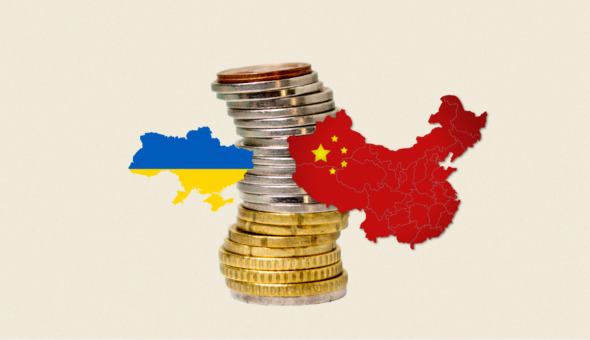
The three main “land problems” of the OTG are outdated information on the capacity and types of land resources on the community’s territory, a lack of clear accounting of their lands, and mistakes in the state cadastre.
“One of the strategic issues that is currently arising in many communities in the field of land legal relations is the availability of outdated information regarding the amount and types of land resources on the community’s territory.” This problem is especially acute following the process of community unification, because a number of new territories have been formed with no information on their filling, – says Taras Shlyakhtych, an expert on land issues of the National Interests Advocacy Network “ANTS” – Conducting a land inventory is the primary tool that will contribute to the resolution of the specified issue. However, due to a variety of factors, not all communities are currently able to do so. As a result, an effective mechanism was proposed to divide this process into sections and begin inventorying community lands “in sections.” This option is deemed the best in this difficult situation, as it will give each community a boost in both organizing its own resources and potential work on attracting investments to the community’s territory, resulting in additional revenue for the budget. Unfortunately, the vast majority of communities have yet to begin the first stage of land inventory”.
Mistakes in the formation of land plots or overlays are another source of contention in communities.
“If errors in the state land cadastre are discovered, these deficiencies can be eliminated by making changes based on data clarification, namely the production of technical documentation on land management.” If land parcels overlap, land management organizations with the authority to carry out the relevant type of activity restore the coordinates of the parcels’ borders and measure the area of the overlap. And, in turn, the authorized state body conducts an inspection based on the results of which the presence or absence of violations of land legislation requirements by individuals or legal entities is established. Following that, prescriptions are issued to correct the detected violations. If there is no response, the problem has been resolved in court,” – says Taras Shlyakhtych.
The high level of corruption in the specified area, bureaucracy, and the lack of clear accounting of lands and territories all become significant problems in community land management.
“As a result, no one knows exactly what resources and in what quantities are available to the community. As a result, there is no clear vision for the development and utilization of this resource. Furthermore, a fundamental resource such as land is used as a result of corrupt influence of individuals, not on market terms and in the interests of the community, but in the interests of one person or a group of people, as a result of which direct and indirect revenues to the community budget are not received, and investment-attractive objects “freeze” for years and do not develop. The process’s high bureaucracy clearly does not contribute to the flow of investments. Ways of disposal exist, for example, transparent auctions, widely informing businesses about the availability of investment-attractive objects, assistance to individuals and legal entities in documentation (investment support, etc.),”- says the expert.
Three major “land” tips for communities from Taras Shlyakhtych:
- minimize or eliminate corruption influences;
- assist businesses and citizens in the registration process, simplify complex bureaucratic procedures;
- conduct a land resource audit.
The material was created as part of the project “Strengthening Communities For Ukraine’s Victory and Revival”, “Strengthening Public Trust” USAID/UCBI III.
This project “Strengthening Communities For Ukraine’s Victory and Revival”, “Strengthening Public Trust” USAID/UCBI III is implemented with the support of the United States Agency for International Development (USAID).



